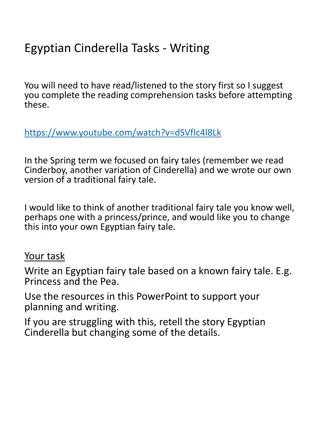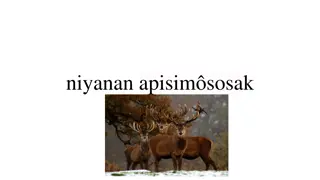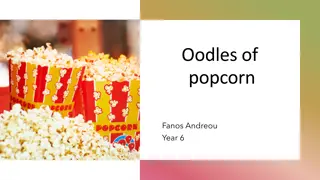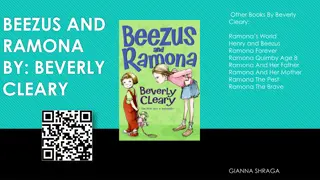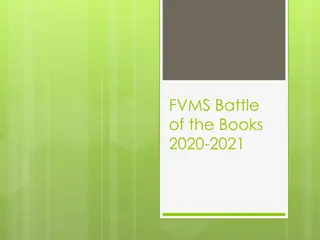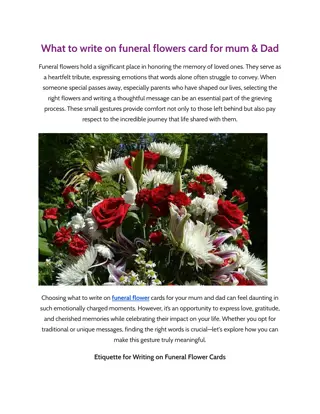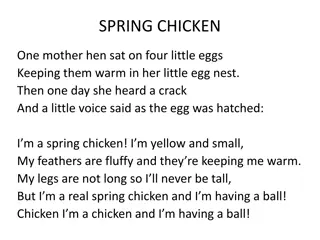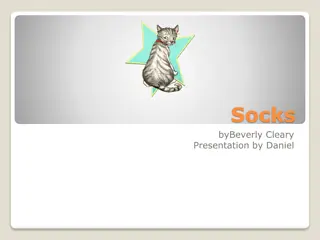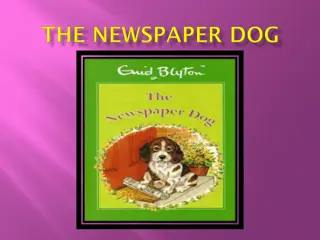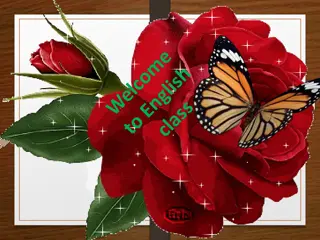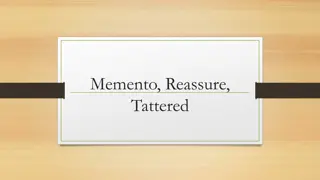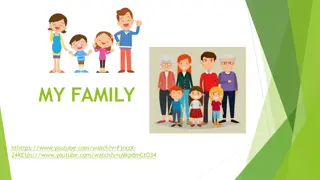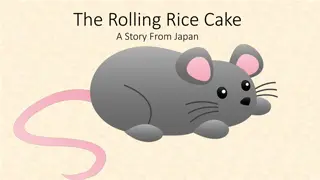Chrysanthe-mum: A Heartwarming School Tale
In a school setting, the delightful story of Chrysanthe-mum, her teacher Mrs. Twinkle, and the other characters unfolds. Chrysanthe-mum faces teasing due to her unusual name but finds solace in the support of her parents and teacher. The narrative follows her journey of self-acceptance and the resolution of the conflict. Through a series of events, the story explores themes of kindness, understanding, and the beauty of individuality. With a heartwarming resolution, this tale celebrates uniqueness and the power of empathy.
Download Presentation

Please find below an Image/Link to download the presentation.
The content on the website is provided AS IS for your information and personal use only. It may not be sold, licensed, or shared on other websites without obtaining consent from the author.If you encounter any issues during the download, it is possible that the publisher has removed the file from their server.
You are allowed to download the files provided on this website for personal or commercial use, subject to the condition that they are used lawfully. All files are the property of their respective owners.
The content on the website is provided AS IS for your information and personal use only. It may not be sold, licensed, or shared on other websites without obtaining consent from the author.
E N D
Presentation Transcript
Plot Theme Characters Elements of Narrative Structure Point of View Setting
Characters Setting Theme Problem Solution
Climax Middle End Beginning
Setting Character Problem Solution Ending school Chrysanthe- mum Mrs. Twinkle Parents Victoria dreadful unhappy tease perfect name flower Baby




